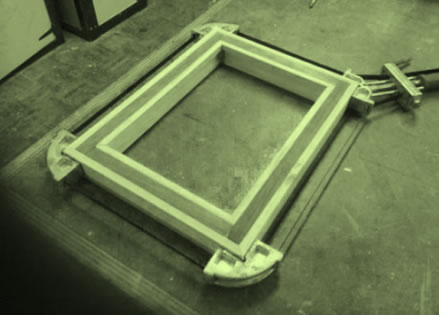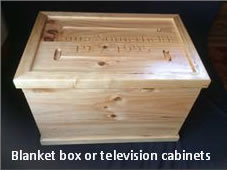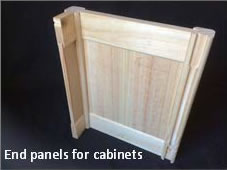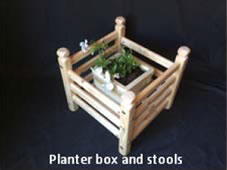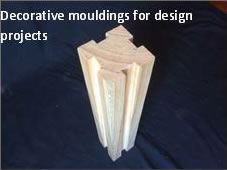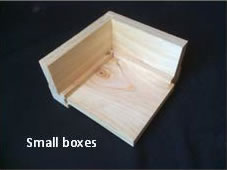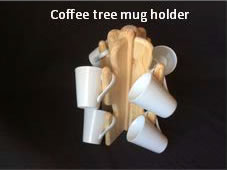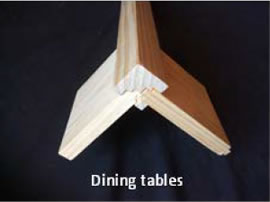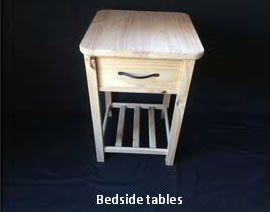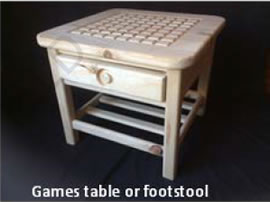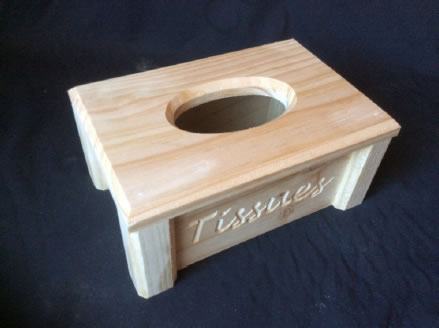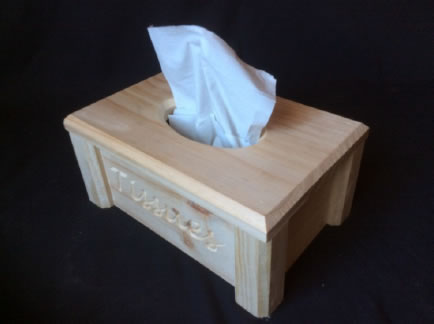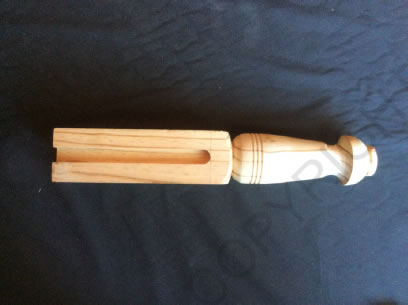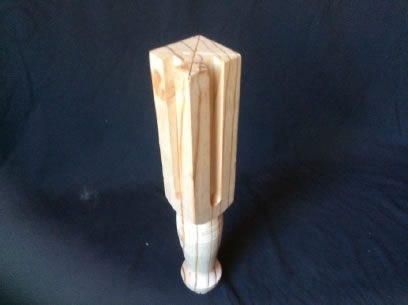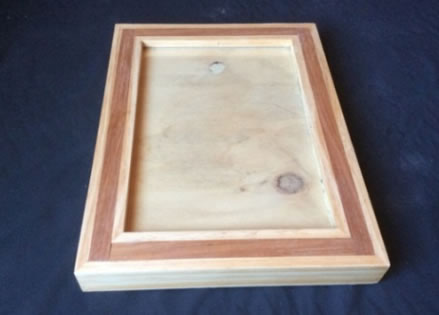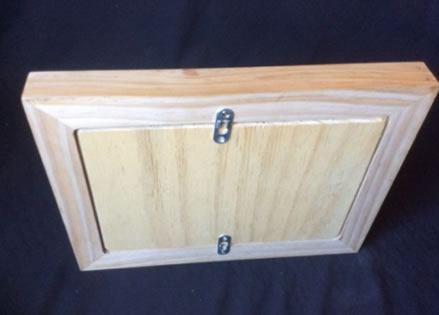Project Ideas
Below are a selection of projects the Universal Router Guide can help complete. Choose one of the top 3 projects below to get a step by step description of how it is made (Descriptions for all 12 projects are included with the purchase of the U.R.G.).
When you purchase the Universal Router Guide it comes with a booklet outlining many more projects.
This project is designed for a first time use of the URG. A standard tissue box will fit into the project when complete.
- Cut a piece of 40 x 40 x 440 timber and tighten into the jig.
- Use a 12mm cutter set at a depth of 8mm and router two grooves on adjacent edges, the complete length of the timber.
- Cut 4 legs 105mm long using a drop saw or tenon saw and bench hook from the 40 x 40 x 440 piece of timber.
- Cut a piece of 140x12x750 this will be enough material for the sides and ends.
- Sides are 105 w x 12 t x 222 L
- Ends are 105 w x 12 t x 127 L
- Top is 190 w x19 t x 285 L
- Two holes are drilled with a 50mm forstner bit to form the hole for the tissues to be removed. Draw two curves with a compass so they are at a tangent to the 50mm holes. Remove waste with a jigsaw. This could be done by making a template or using the top of an actual tissue box as a template.
- Assemble using panel pins, mitre clamp and adhesive, then apply a finish.
The next project, the coffee table is a popular project in woodwork. The difference with this coffee table made with the URG is the way the legs are joined to the rails. There are many different styles of coffee tables, the URG concentrates on a traditional table like the one in the diagram below.
- The dimensions of the legs are 70 w x 70 t x 430 L. Cut 4 legs and mark out the width of the rails or the length the groove has to be. Commonly we use 190 or 140 x 19mm timber. If legs are to be turned allow about 10mm extra so the later the leg can be cut to remove the indents made by setting timber up for between centre turning.
- All 4 legs should have a pencil line190mm from the top of the leg on two adjacent edges ready to router the grooves 8 times using the URG.
- A half round cutter is used to form a round on the bottom of all rails. If a half round is not the preferred edge finish you can chisel out the joint allowing the timber to go in square
- The grooves should be 15mm deep using a 19mm double fluted cutter.
- This method of joining is quick and easy and student orientated. It is also strong because when the rails are joined to the legs there is a large surface area for gluing.
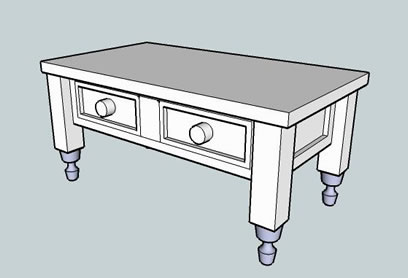
There are many different ways of making photo frames, however the URG is unique in regards to manufacturing photo frames in that the groove made by the 19mm cutter allows for a solid 5mm x 19mm inlay to be glued in to strengthen the mitre on top or side of the frame. Depending whether groove is on the top face or outside edge of the frame. The example shows the inlay on the top.
- The timber required for this project is 40 w x 40 t. The length of timber required will depend on the size of the frames. The frame below is 300 tall and 400 wide.
- Cut one piece of timber 40 w x 40 t x 850 L (sides), and one piece of timber 40 w x 40 t x 650 L ( top and bottom). This allows a little extra for cutting mitres.
- Use the URG to router a groove along two adjacent edges with a 19mm cutter 5mm deep on both pieces of timber.
- Cut mitres on the drop saw, ensure opposite sides are equal, 2 at 400m and 2 at 300mm long.
- One groove should be on the top or outside, depending where you want your inlay. The other should be on the inside of the frame.
- Cut a contrasting piece of timber 19mm wide and 5mm thick. There needs to be enough inlay to fill all four members. When assembling the frame glue the inlay into the groove for added strength of mitres. Use a mitre clamp when gluing.
- Once frame is dry remove the bottom inside edge with a trimming router piece, this will allow the plywood and glass to fit inside the frame.
- Cut a piece of 25mm ply and 3mm glass to fit in frame. The size for the frame below was 220 w x 312L. NB 3mm glass is easy to cut. Buy a glass cutter and non- slip rule and score once where glass has to be cut and it will break easily. Buy some small components that allow the ply and glass to be removed or kept in place.
- Sand and apply a clear finish.
